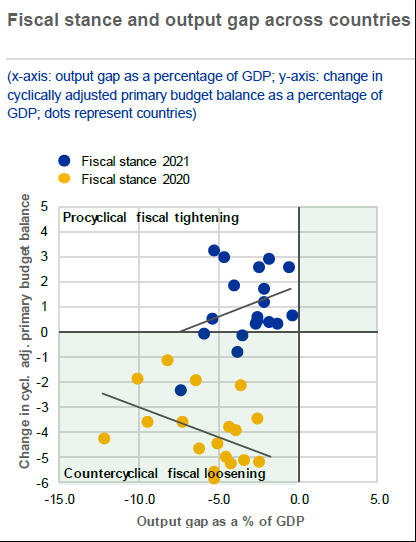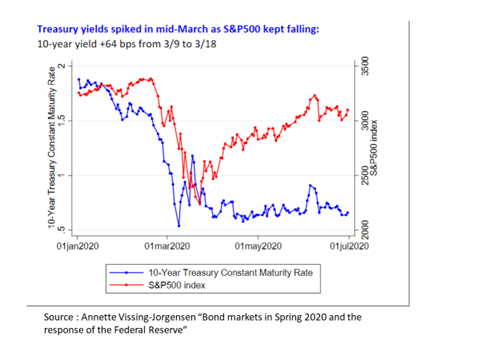
Replying @ndrea_terzi The ECB cannot do yield curve control the Japanese way because it cannot hint at 19 10Y yields levels as objectives. To use the new EU Commission debt yields is not effective as maturities are longer, the amount is small (much below € 750bn) ..and 1/
https://twitter.com/ndrea_terzi/status/1350916332091531264
..because it isn't (and cannot become) an equal benchmark to all countries' debt and the ECB has said to be committed to avoid fragmentation. The same applies to the use of OIS rates (that a few have advocated) besides the point that 10Y maturities are too thin a market. 2/
The only way the ECB could apply a sort of yield curve control approximately like Japan would be to concentrate purchases of countries' bonds on e.g. 10 years maturities without fixing any target for the 19 yields, hoping to attain some desired levels by calibrating well the ../3
.. amounts bought. The only advantage would be to decrease the total amount of purchases but at the cost of distorting the yield curve, thus eliminating the important information content of the curve's slope. The policy would not need any certificates issuing 4/4
• • •
Missing some Tweet in this thread? You can try to
force a refresh






